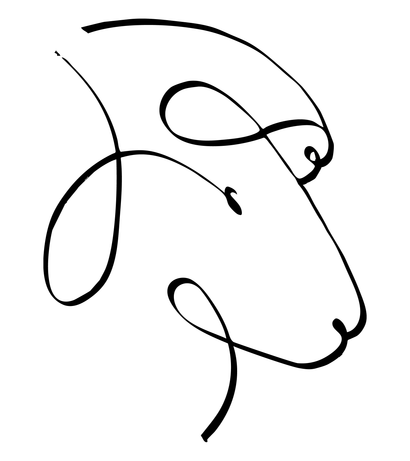Free shipping on all domestic orders over $150
Free shipping on all domestic orders over $150
Shop
Add description, images, menus and links to your mega menu
A column with no settings can be used as a spacer
Link to your collections, sales and even external links
Add up to five columns
Add description, images, menus and links to your mega menu
A column with no settings can be used as a spacer
Link to your collections, sales and even external links
Add up to five columns
Yarn 101
April 25, 2011 3 min read
The first time you knit anything from a pattern you are given all the parameters. The designer tells you what yarn was used, what needles were used, and what gauge was achieved with those materials. So, you get the specified yarn and needles, cast on, follow the directions exactly, and everything turns out perfectly, right? Well maybe, if you live in a Disney movie--handsome prince, big wedding, happily ever after. Only life isn’t a Disney movie. So we grow up and learn about ourselves and our lives - what works, and what doesn’t. It’s the same with yarn. Sometimes the yarn used in the pattern isn’t available, or you don’t like it and would rather use something else. Often, the designer knits much more tightly or loosely than you do, so the needles used to get the specified gauge aren’t going to work for you. Or maybe, the designer is working with a yarn that’s very bouncy that needs a different sized needled to get the right gauge. Perhaps they’re working the yarn at a tighter or looser gauge to get a stiffer fabric, or one with more drape. How on earth do you know?
Well, you could just go ahead and use whatever yarn and needles the pattern specifies and hope for the best. While this method works sometimes, it typically results in trying to find someone whom the garment actually fits and then giving it away to him or her--disappointing at best. You could also buy one skein of every yarn in the shop and swatch it up on every needle you have and see what works – time-consuming and costly. Or, you could learn more about yarn- like how and why it works the way it does and how to make the correct substitution, not just in terms of gauge, but in terms of getting the fabric you need to create the garment you see and love.
Frequently, when designers want to offer guidance on yarn choices, they refer to a yarn’s weight, that’s helpful, but it only goes part of the way. The Craft Yarn Council established six basic weight categories. These six categories encompass yarn that’s as fine as a cobweb all the way up to super chunky yarn that’s basically roving. These categories, therefore, are pretty broad, and there’s a wide range of yarn weights in each category. Not to mention the fact that there’s a whole lot more to yarn than simply its weight. There’s texture, loft, drape, elasticity, durability, and much more. It can take a lifetime of knitting and lots of trial and error to figure it all out. But you don’t have to figure it all out for yourself. We’re having a wonderful class on just this sort of information that will give you the information you need in an easily digestible and fun format.
Having a sound understanding of yarn is part of being a competent knitter. This knowledge will enable you to make decisions about what you want in your garment and how to get it. It will empower you to make the connection between yarns you like and patterns you want to knit. It will make you a more intuitive knitter and will ultimately bring you greater satisfaction in your craft. That’s pretty big, isn’t it! But it’s not out of your reach. Look for our next Yarn 101 class to begin the journey. Class is limited to 8 students at each shop.

